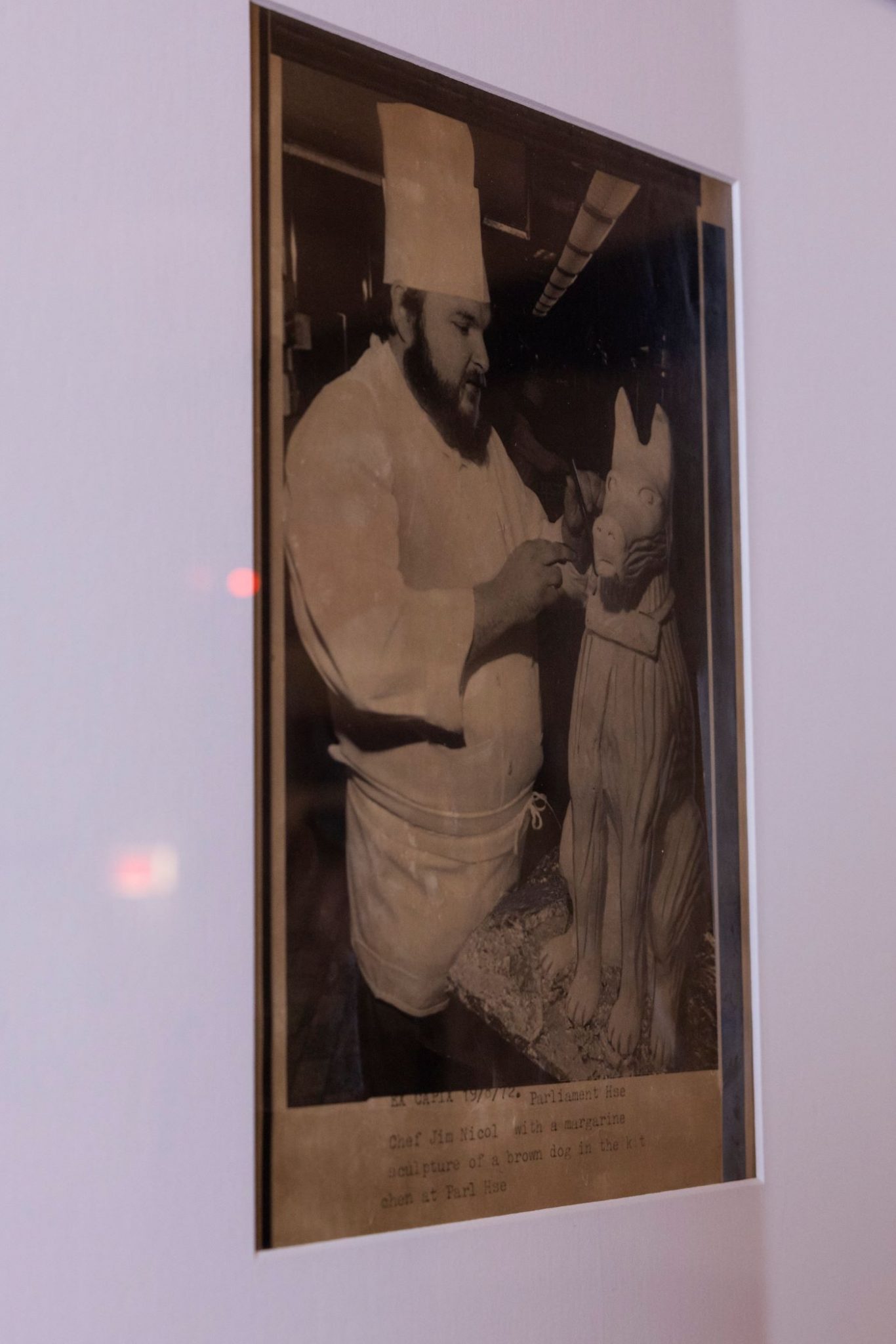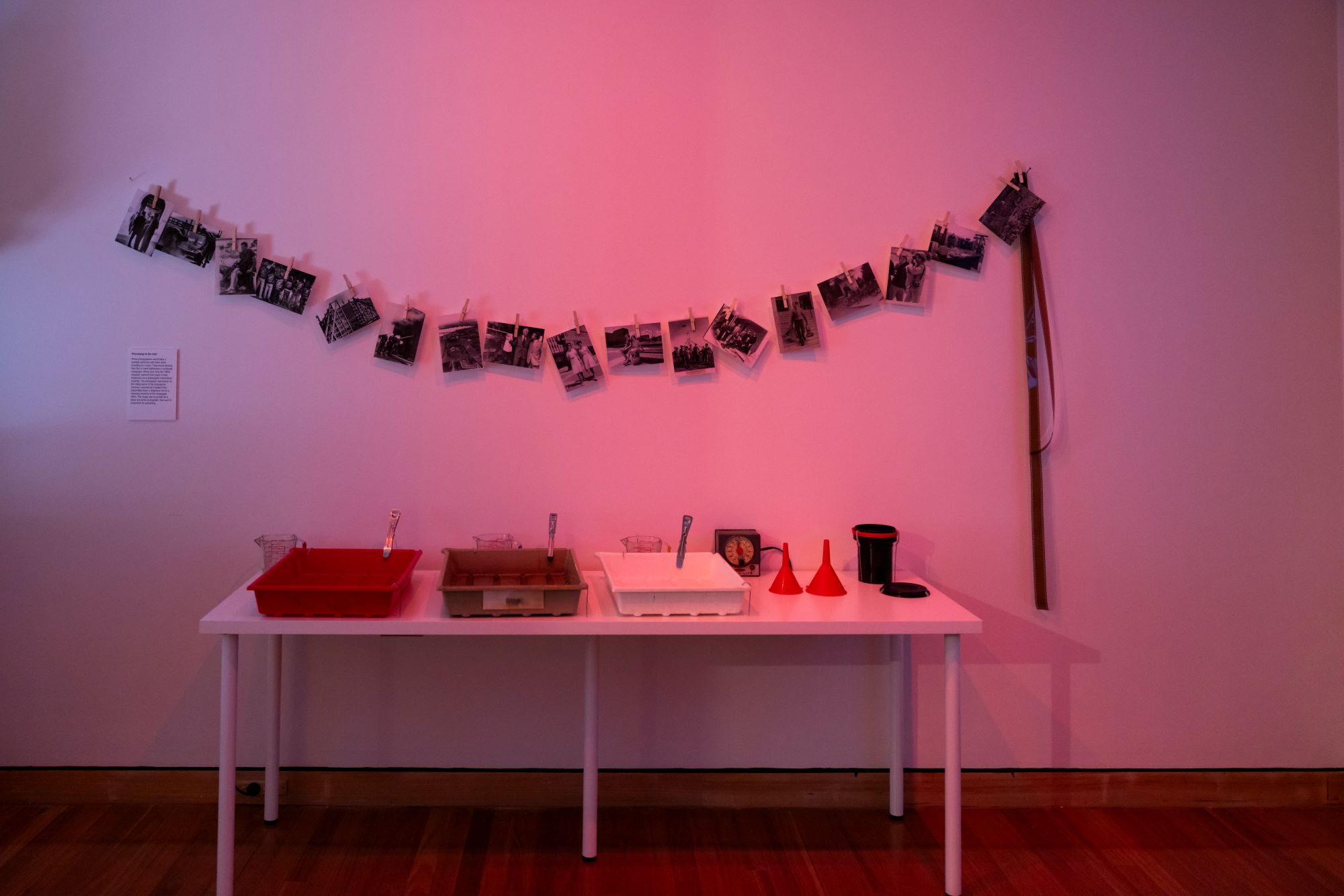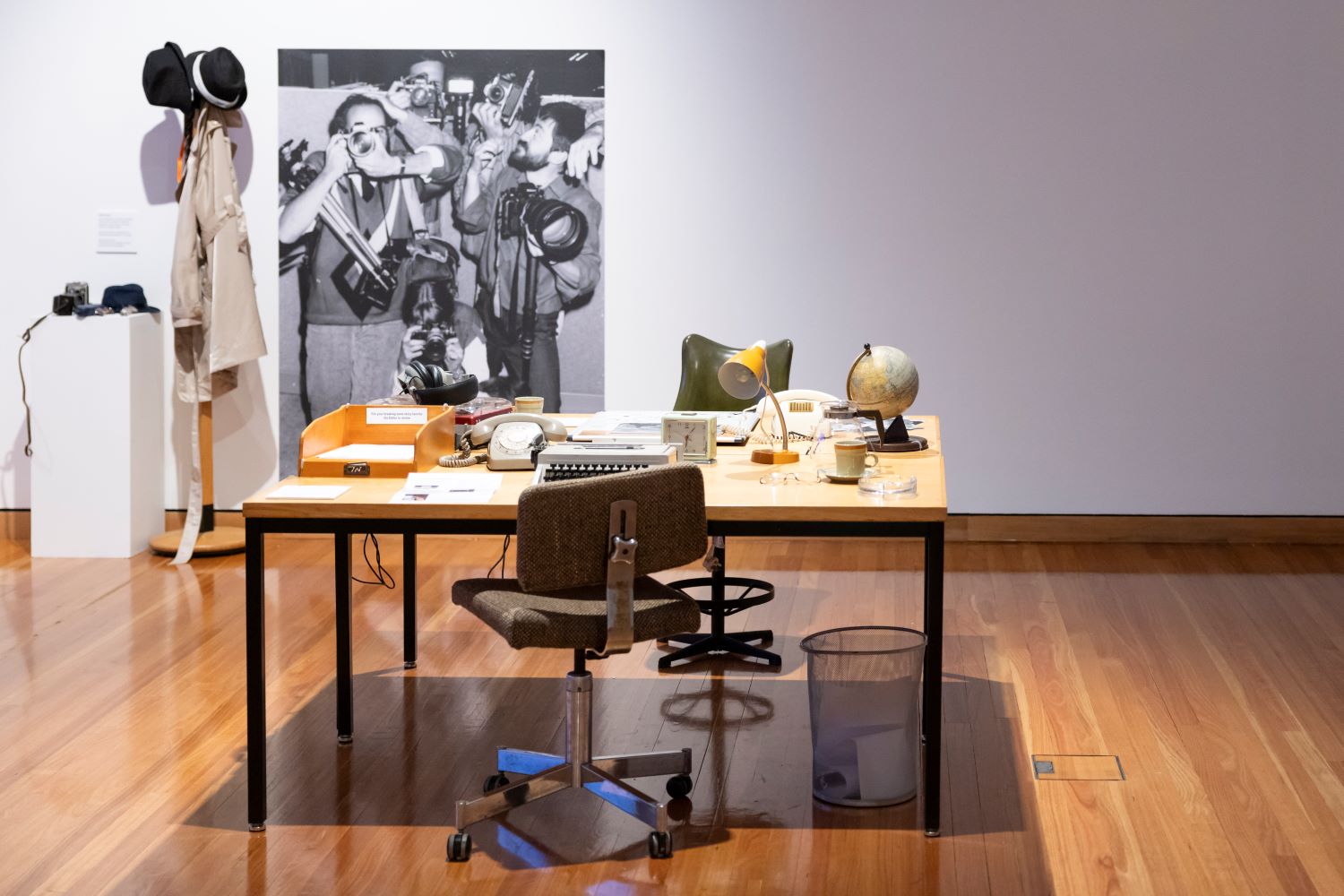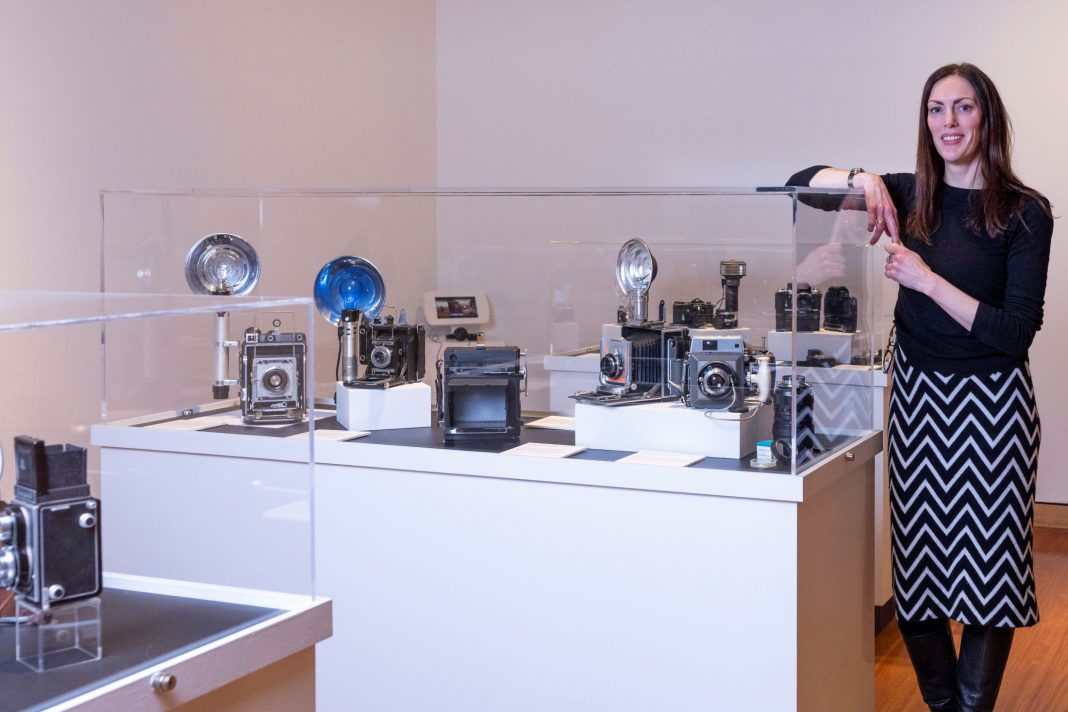From politics to protests, scientific breakthroughs and margarine dogs, photographs have always played an important role in the way we understand news. Capturing Canberra at Canberra Museum and Gallery (CMAG) showcases some of the images taken by press photographers in Canberra in the 20th century.
Never seen before by the public, the collection creates an incredible and rich time capsule of the ACT. Covering Canberra’s naming ceremony and many major happenings around town that have followed, visitors will witness decades of the city’s history through black and white images.
“I hope that people will learn a bit about different aspects of photojournalism, the beauty and storytelling of it, the interest of the stories and what made the newspapers, but also the equipment that was used and the people behind the cameras,” says Hannah Paddon, Senior Curator of Social History at CMAG and curator of the Capturing Canberra exhibition.
The exhibition has been created from CMAG’s recently acquired Press Photography Collection, containing over 3,500 silver gelatin photographic prints from a Fairfax Media collection that was nearly lost in the United States. The CMAG team has digitised and catalogued the images spanning from 1913 to 1994, each helping to tell part of the Canberra story.
“You can probably look at each photo and make your own interpretation about what it was,” Ms Paddon says. “You might not know exactly what it is, but you can kind of look at it and go ‘wow, okay, that’s something to do with…’.”
Wanting the exhibition to be accessible and engaging, Ms Paddon divided it into themes rather than chronologically, so that the viewer could come in at any starting point and see what is happening. Covering topics like politics, big moments in Canberra’s history, disasters and the fun, within the captivating image theme, we meet Roger the female dog and the margarine statue that she inspired.

“The ministers complained that the food at Parliament House was not up to scratch, causing a massive furore, and the chef decided he was going to walk out. The ministers write a begging letter ‘We’re really sorry, didn’t mean to cause offence’ so he’s like ‘Okay, that’s fine as a peace offering, I’m going to make this margarine dog for you,” she smiles.
As well as images, the exhibition includes the tools of the trade, with an incredible collection of cameras on display. Dating back to 1904, the press cameras provide a glimpse into what the field would have looked like as photographers handled the clunky historic cameras before the tools became more compact. Some have been lent by local photographers like Graham Tidy who used them in his role at The Canberra Times.
“I love objects, being a social historian, I love people and their stories, and I think the thing for me and looking at this collection was that it’s really diverse in terms of photographers … The cameras, in particular, I think it’s fascinating to see how technology has changed,” Ms Paddon says.
Much of the collection is still unknown – the photographers, the newspapers, and even the context; a dedicated wall encourages visitors to get involved and help identify the photos. Through an iPad, patrons can pass on their knowledge and expect a follow-up from the team for verification.
“We’ve already had people coming in and telling us that they recognise their sister and a picture, which is awesome. It just gives us so much more context for these images and the stories that you hear are just fabulous,” she says.
The darkroom provides an insight into what photographers had to do after capturing the shot, as many had to develop their own images. Created in collaboration with PhotoAccess Canberra, visitors can see the steps required to get the images from behind the lens and into the newspaper – the only thing missing is the smell.
Short videos provide a further understanding of the process of photojournalism, the stories of the photographers and the images they captured. An office takes over a section of the gallery, with visitors encouraged to place themselves in the shoes of a journalist in a bustling newsroom.
“Cameras are quite difficult. Unless it’s modern-day digital, you’re not going to get it immediately. So, it went down to the newsroom, create a story, think about what was going on for photographers, and create your own,” Ms Paddon says.


The engagement continues after leaving the exhibition through the CMAG Secondary School Art Prize. With more than $700 in prizes up for grabs, Canberra’s secondary school students are encouraged to snap a shot of Canberra; full details are available on the CMAG website.
See Canberra through the lens in Capturing Canberra at Canberra Museum and Gallery until 28 January; cmag.com.au
Canberra Daily would love to hear from you about a story idea in the Canberra and surrounding region. Click here to submit a news tip.



